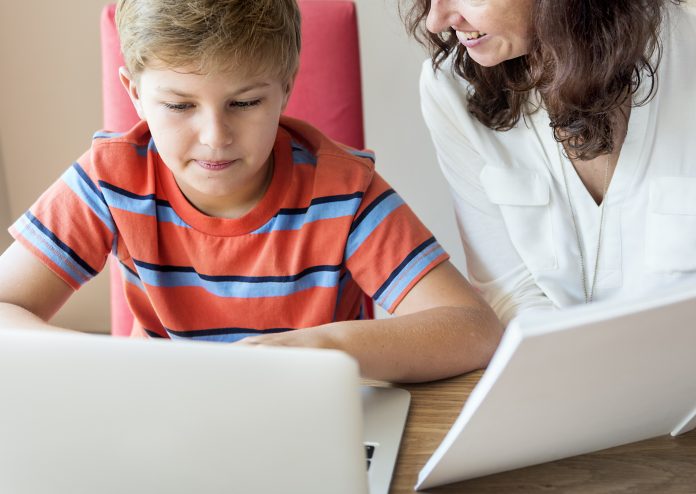Elliot Gowans, Senior Vice President, International at D2L explores how schools and universities can ensure the continuity of learning during school closures
During his recent address to the nation, UK Prime Minister Boris Johnson confirmed what many had suspected for some time – the closure of schools and subsequent cancellation of upcoming exams, in order to abate the spread of the novel coronavirus affecting nations worldwide.
From this continuously evolving situation arises the legitimate question of how the education technology industry can best support the needs of students and teachers and ensure adequate levels of educational continuity.
By its very nature, the disruption of a global pandemic such as coronavirus has understandably caught many people off-guard, including educational institutions, many of which are now trying to keep up with what will become their new normal for the foreseeable future.
Online learning
The ability to transition from traditional classroom-based to exclusively online learning presents something of a challenge for some. However, many schools and universities have been working closely with technology partners for some time, mapping out smaller-scale projects and closures stemming from extreme weather events and such. Now, it will be essential to scale this experience to respond to the current, unprecedented situation.
Of course, this isn’t always a straightforward process, and will be a daunting experience for many of those involved. Thankfully the UK education sector is reasonably well-placed to make this transition. In our experience and based on recent conversations, the immediate priority has been to focus on maintaining a basic provision of education. From there, we are now seeing a shift toward more advanced questions, such as how to handle online assessment or the online options in lieu of traditional exams.
Remote education
As large swathes of the population have started working from home, virtually overnight, many people now understand the various hurdles of transitioning from an office environment to one of a remote employee. Education is no different. Students will face similar issues, and schools, colleges and universities are planning to offer a blended solution comprising a learning platform for course delivery, completion of activities and assessments, augmented with an increased use of video to replace the traditional face-to-face teaching experience.
Technology aside, there needs to be a cultural shift if this new way of working and learning is to succeed – and I’m confident that there will be. As they move their lessons online, teachers will increasingly think critically about their overall teaching model and the ways in which that needs to adapt. Rather than lectures being the main (or even sole) source of content in the course, students must be able to explore the online environment first, with online lessons taking an engaging, discussion-based form, alongside other readily available online learning resources.
Right now, many teachers and students alike are quickly learning to adapt and move forward. As they do, it will take the combined efforts of educational institutions, government bodies and those of us within the education technology space to make the shift to online learning as frictionless and beneficial as possible. It’s important to remember that the work currently underway will not just be of value right now, instead, it will be a long-term investment in overall educational agility. In short, our actions today should give our education system the resilience to meet any and all future challenges.











